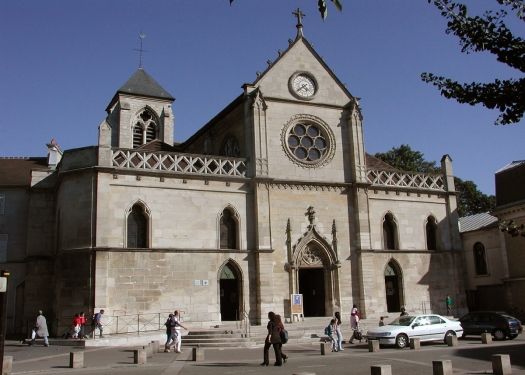
In the old area in Montreuil nestles one of the most beautiful churches in the Paris region. It seems that Montreuil parish was already built around a chapel from the Merovingian period due to the presence of a small monastery. The city owes its name to it coming from « monasteriolum », a small monastery in Latin. Dedicated to the Apostles Saint Peter and Saint Paul, the church was only completed in the nineteenth century.
This paris church represents a particularly interesting example of transformations that this kind of building has witnessed through time in the department. Since its construction, each century has left its imprint, embellishing and increasing the volume of the building; the evolution of all this construction work can be seen in the stones. The Parish Church of the Kings castle in Vincennes, it received visits and gifts during the entire period from the thirteenth to the sixteenth century.
Saint-Louis came "for his Easter duties", Charles V and his wife Jeanne of Bourbon were baptized there in 1375. The presence of all these important people gave plenty of privileges to the inhabitants of Montreuil, including that of paying less tax.
It was Louis IX, known as Saint Louis, who decided to embellish the church by the creation of a new choir. Quite a remarkable achievement, carried out between the twelfth and thirteenth century, it evokes that of Notre-Dame of Paris. The central part as well as the facade date from the fourteenth century; the nave and the first three bays were constructed after the Hundred Years War in the fifteenth century. The aisles as well as the side parts of the facade date from the sixteenth century in the south part of the building and the seventeenth century to the north side. The aisle where the baptismal fonts are located date from the eighteenth century, while Sainte-Geneviève chapel, which is most recent, dates from the nineteenth century. From the sixteenth century, the Kings of France left Vincennes in favor of Fontainebleau and Saint-Germain. The church Saint-Pierre-Saint-Paul lost its visits and the inhabitants of Montreuil, their protection.
